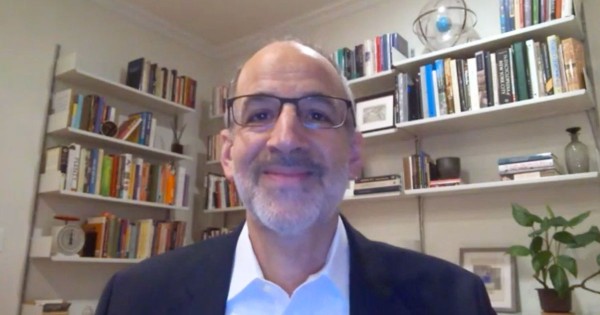
COVID-19 Transfer Data Reveals Trends that Can Inform Equity and Student Success Policies

Alignment of transfer policy and practice with student needs is difficult, even in times of relative stability. So, when the COVID-19 health crisis emerged, the National Student Clearinghouse (NSC) Research Center embarked on a two-year project to better understand how this disruption has impacted transfer. With funding from Ascendium and ECMC Foundation, the NSC Research Center hopes their data will help colleges and universities develop policies and system level initiatives that address student transfer and pipeline needs to support student success in the post-COVID environment.
Ascendium's Streamline Key Learner Transitions focus area supports institutions and systems as they work to facilitate seamless transitions for students to and between postsecondary education and career opportunities. The NSC Research Center's final report shows a concerning finding, particularly for learners from low-income backgrounds — that overall transfer rates dropped during the COVID-19 health crisis. How can this important data help shape future change? We spoke with Doug Shapiro, executive director of the NSC Research Center, to help us understand how this data can help inform systemic change to support learners from low-income backgrounds. Learn more about the role of community college enrollments, institution type and demographics in transfer trends in the following interview.
Q: One stated goal of the project was to help policymakers and educators understand the impact of COVID-19 on student transfer and progress patterns and to respond accordingly. How have policymakers and educators responded to the reports so far?
Q: The May 2022 report was the eighth in the series and the last report to be released before the final report. It highlighted the decline in upward transfer, defined as transfer from two-year institutions to four-year institutions, over the past year. It noted that such transfers saw a relatively steep decline after remaining stable the year before. How does this impact learners from low-income backgrounds?
Q: Do you expect the decline in upward transfer to continue? Why, why not?
Q: How might policymakers use this data about upward transfer to support student success?
Q: The final report summarizing the last two years was released in September 2022. What do you consider to be the key findings of this report?
Q: What factors do you believe will impact the transfer trends outlined in the report in the future?
Q: How will the findings from the final report inform future research and policy making?


